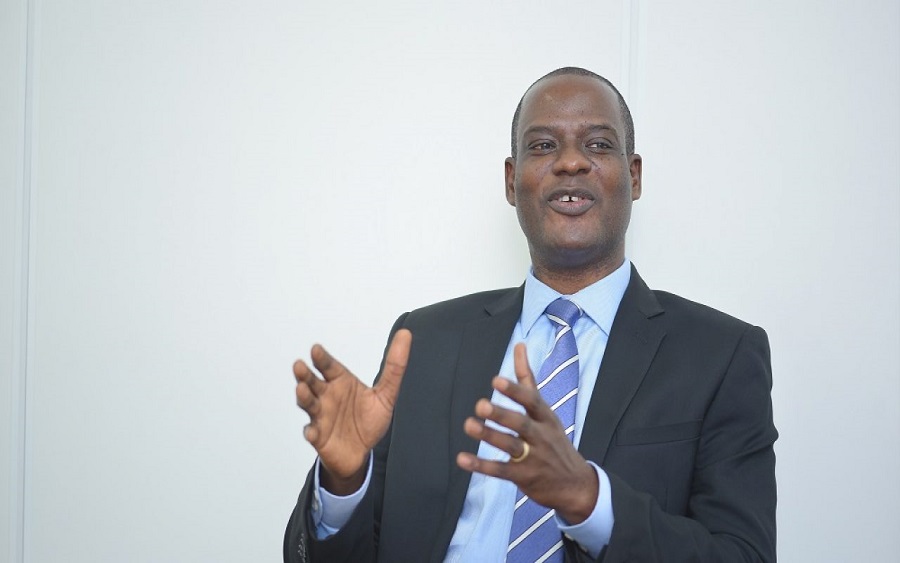Success Lessons From Greek Tycoon Aristotle Onassis’s Life
The moment you finished this article, you will be able to learn how you can find whether the years just ahead are good or bad for you, and how long this season will last, so that you can act accordingly: if there is a storm on the horizon, you will take shelter in time, if sunny days loom ahead, you will take advantage before the opportunity passes, so that you can highly succeed in life.
Before that however, we have first to see what lessons derive from Greek tycoon Aristotle Onassis’s life, how the alternations of his life seasons from good to bad and vice versa radically influenced his successful career. Onassis began his career as a ship owner in 1933, while the Great Depression of 1929 had not ended yet. Because of the crisis, the ships’ prices had declined precipitously. A ten-year-old freighter, which had cost $1 million to build in 1920, could now be obtained for $20,000. Onassis found that a whole fleet of ten such ships was for sale in Saint Lawrence in Canada. He immediately bought six of those ships for $20,000 each. And some years later, he expanded his fleet tremendously: he obtained a loan of $40 million in 1947 from various American banks and built 18 more ships, tankers included.
But in 1954 he did something that drove him to the brink of destruction. After a series of negotiations, he concluded an agreement with the king of Saudi Arabia that would give him the exclusive rights to use his tankers to transport that country’s huge oil output. As soon as the agreement became known, however, a storm of protest broke out against Onassis –not only from the big U.S. oil companies, which had had the exclusive right to produce the Saudi Arabian oil, but also from the government of the United States itself.
The oil companies protested officially to Saudi Arabia, and simultaneously made clear to Onassis that each time his ships would arrive in that country’s ports to load crude oil, they would not let him have it. U.S. Secretary of State John Foster Dulles warned the Saudi Arabians that if they insist on upholding the agreement with Onassis, the American oil companies would stop oil production in that country. In the face of that reaction, the king of Saudi Arabia was forced to cancel the agreement.
At the same time, the U.S. oil companies decided, out of revenge, to discontinue any cooperation with Onassis. Each time a charter contract for any of his ships expired, they would not renew it, giving it instead to other ship owners. At the end of 1955, half of Onassis’s tanker fleet was idle. His main source of income was drying up at tremendous speed. That situation continued into 1956 as well. More and more of his ships were becoming idle, and those ships were mortgaged with the huge loans he had borrowed to build them. But Onassis no longer had sufficient income to repay the loans. In despair, he went around to the American banks to which he was indebted, asking them to take over management of his ships. The international shipping community expected him to announce bankruptcy at any moment.
That bankruptcy never happened, however. A new season started in Onassis’s life. In October 1956, the Suez Canal closed to shipping because of the crisis between Egypt and Israel. As a result, ships had to circumnavigate Africa, adding considerable time to each trip. Too few ships were available to meet the demand, and freight costs skyrocketed to unprecedented heights in 1957. The only ship owner who had ships available was Onassis. Because of the boycott the American oil companies had imposed on him, he had a huge number of ships standing idle in various ports. The results were predictable. Onassis’s ships were chartered by desperate merchants, the boycott ended, and the acrimonious relations with the oil companies were forgotten.
Instead of destruction, triumph had arrived. Onassis began to realize dizzying profits: in 1957 alone, he earned $70 million –while ten years earlier, he had been head over heels in debt with the $40 million loan he had taken out. The profits were unbelievable. Onassis didn’t know what to do with all this money. His first act was to repay all the loans he owed.
His second act was to commission the building of new ships –among them a 100,000-ton tanker, the biggest in the world at that time. His third act was to give a resplendent reception in Monte Carlo to celebrate his improved fortunes. And after some years, Onassis became the wealthiest person on earth.
By 1973, however, Onassis’s brilliant season would end abruptly. What followed was a tragic season, the last of Onassis’s life. In January 1973, Onassis’s son Alexander was killed in a plane crash at the Athens airport at the age of 19. Onassis showed at first that he overcame that event. Immediately after his son’s funeral and burial on his private island Skorpios, he started expanding his fleet. While the fleet then consisted of more than 100 ships -among them 15 supertankers of 200,000 tons each- Onassis commissioned six more tankers to be built, two of them of 400,000 tons each, the biggest tankers in the world.
But from 1974, things began worsening. Maybe because of his son’s death, he began in 1974 to suffer from myasthenia gravis, an incurable disease affecting the eyes and other parts of the body. He couldn’t hold his eyelids open, and had to keep them up with tape. He had also a hard time swallowing food and slurred his words when speaking. Not surprisingly, he was full of complaints: about his life, about himself, about his marriage, about everything.
Next year -1975- was the last in Onassis’s life: he became seriously ill from pneumonia. In an awful condition, he entered a hospital in Paris, where he was operated on to no avail. On March 15, 1975, the wealthiest man in the world died -at the age of 69. Only his daughter Christina was at his bedside.
Conclusion
From Onassis’s life derives that in 1957, the bad season he experienced till that year (he was faced with bankruptcy, as you can recall) suddenly ended, and a good season started for him, when the Suez Canal closed to shipping and he began becoming the wealthiest person on earth. But in 1974, a reversal of seasons happened in his life: his good season ended that year and a bad one started, when his beloved son Alexander was killed in a plane crash, and Onassis began to suffer from myasthenia gravis that led him finally to death.
Resembling alternations of seasons, however, derives also from the biographies of many other famous people I have studied. Among them, there are the biographies of Napoleon, Beethoven, Verdi, Churchill, Picasso, Jackie Kennedy Onassis, Queen Elizabeth I of England, Elizabeth Taylor, Margaret Thatcher, Columbus, Mandela, and many others, more than 20 biographies in total.
For example:
— Beethoven’s good and bad seasons alternated in 1776, 1792, 1809, and 1825
— Napoleon’s alternated in 1776, 1792, and 1809
— Churchill’s alternated in 1875, 1892, 1908, 1924, and 1941
— Verdi’s alternated in 1825, 1842, 1859, 1875, and 1892
— Picasso’s alternated in 1892, 1908, 1925, 1941, and 1957
— Jackie Kennedy Onassis’s alternated in 1941, 1957, 1974, and 1990
— Elizabeth Taylor’s alternated in 1941, 1958, 1975, and 1990
— Margaret Thatcher’s alternated in 1941, 1957, 1975, and 1990
— Mandela’s alternated in 1941, 1957, 1974, and 1990
— Queen Elizabeth’s I of England alternated in 1545, 1562, 1578 and 1595
— Columbus’s alternated in 1479 and 1496.
Comparing these biographies, I arrived at an astonishing discovery: the seasons of all the above people alternated according to a certain pattern. Also, after extensive research, I found that our own lives’ seasons alternate according to the same certain pattern. That means, therefore, we can foresee how our life’s good and bad seasons will alternate in the future, with amazing accuracy.
So, we can act accordingly. If there is a storm on the horizon, we can take shelter in time. If sunny days loom ahead, we can take advantage before the opportunity passes. We can thus highly succeed in life by taking crucial decisions regarding our career, marriage, family, relationships, and all other life’s issues.
Source by George Kouloukis




